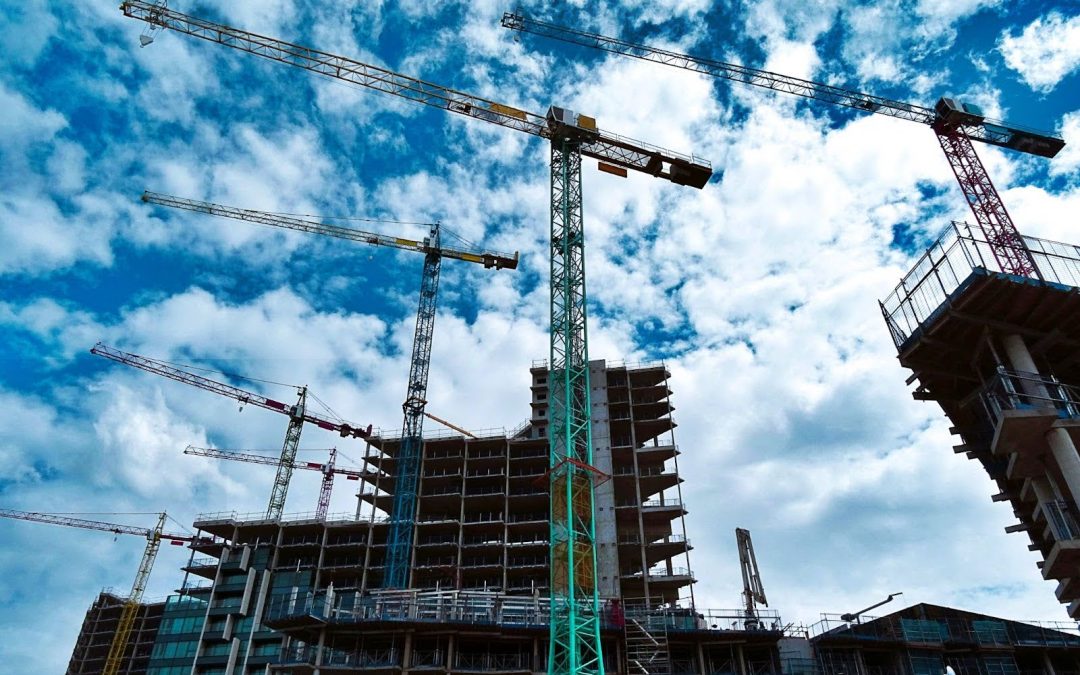Steel is both strong and flexible making it an ideal material for the construction of buildings in earthquake-prone areas where residential and tenant safety is of the highest concern. The process of constructing these steel structures involves assembling prefabricated steel components to create a robust framework. Done right, it should be capable of withstanding the dynamic forces generated by seismic activity. In this article, Weldform Structures will be delving deeper into the process and exploring advanced strategies to help fortify these structures through erection of steel.
The Mechanics That Support Steel Erection
Structural Design and Load Resistance
Load resistance is one of the most important points engineers have to consider while building in seismic zones. They must ensure that the steel framework can absorb and dissipate the energy produced during an earthquake, largely via detailed calculations and simulations. These can help predict how the structure will respond to various seismic forces.
An example strategy that construction companies often use involve moment-resisting frames. Beams and columns are arranged in a rectilinear manner which helps distribute seismic loads throughout the whole structure. In this arrangement, there is also ample flexibility at the joints minimising the risk of collapse.
In the States, engineers use structural analysis software like ETABS and SAP2000 to model the building’s response to seismic loads accurately. These can stimulate earthquake conditions allowing them to identify potential weak points and reinforce them. Through this, the building can survive the effects of a seismic event and protect its occupants.
This ensures that the structure can maintain its integrity during and after a seismic event, protecting both the building and its occupants.
Seismic Dampers and Base Isolators
Seismic dampers and base isolators are two more effective advanced strategies that can reinforce steel structures against earthquake risks.
Seismic dampers reduce the amount of stress on the steel framework by absorbing the impact and distributing it evenly throughout the structure. Base isolators, on the other hand, separate the building from ground movement, so that it moves independently of the earth’s movements.
These tools are widely used around the world, especially for massive structures like sports arenas. Some of the best examples are Minute Maid Park in Houston, Gillette Stadium in Massachusetts, and the Peace and Friendship Stadium in Greece. All these are fitted with seismic dampers ranging from a dozen to a hundred.
Case Studies Highlighting Success
One Central Park Development, Sydney
Sydney is a moderate earthquake hazard zone. In its suburbs, you can find the One Central Park development which has been recognized by the International Council on Tall Buildings and Urban Habitat (CTBUH) as one of the world’s four best tall buildings in the Asia and Australia region.
To ensure the two high-rise buildings of the project can withstand seismic activity, each was integrated with moment-resisting frames and seismic dampers. Thorough testing and simulations were also conducted to ensure the mechanisms in place were effective.
Implementing Advanced Strategies
Quality Control and Inspection
Every steel component must be fabricated to exact specifications and thoroughly inspected before assembly. This ensures that any defect or inconsistency doesn’t get through to the building phase.
The Australian Steel Institute emphasises the importance of rigorous quality control measures, stating that they are essential for the long-term durability and safety of steel structures.
Continuous Monitoring and Maintenance
A development’s finish and opening don’t mean the end for seismic risk mitigation. While the structure is in use, it has to be continuously monitored and maintained.
Advanced monitoring systems, such as structural health monitoring (SHM) technologies, can detect changes in the building’s behaviour over time. They can also provide real-time data on the structure’s condition, allowing for timely maintenance and repairs.
These systems have been used in iconic Australian structures like the Sydney Harbour Bridge to keep it in shape. They detect early signs of wear and tear allowing engineers to perform early maintenance and extend the bridge’s lifespan.
Final Thoughts
The erection of steel structures in high-seismic zones requires a combination of advanced engineering practices, innovative technologies, and rigorous quality control measures. By employing strategies such as load resistance design, seismic dampers, and base isolators, engineers can create buildings of structural steel that are capable of withstanding the dynamic forces of an earthquake.
For more information on Weldform Structures’ expertise in this field, please visit our page or contact us for consultation inquiries.

